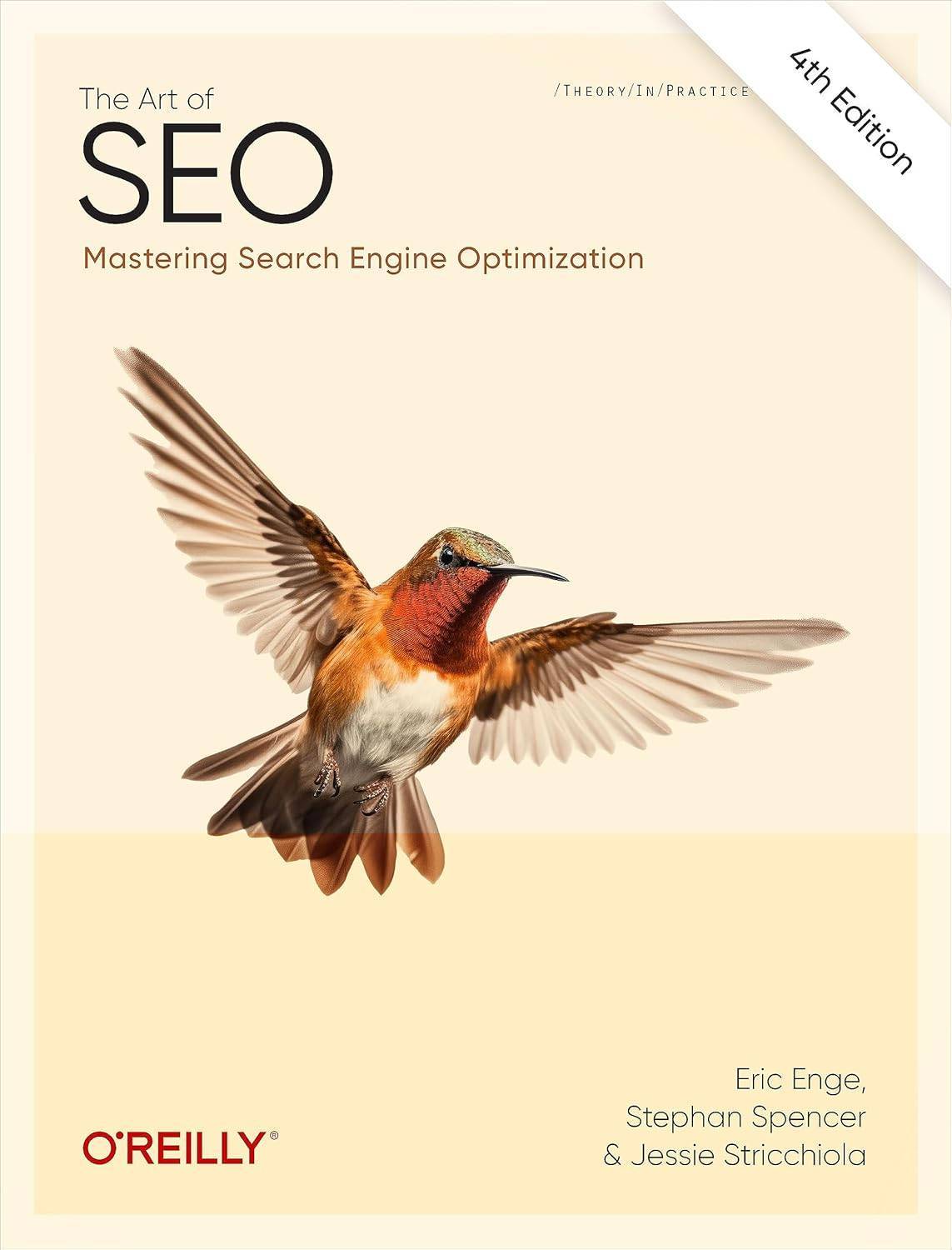How to Find the Best Long Tail Keywords
A practical guide to uncovering high-converting long tail keywords using the latest tools and strategies.
Last updated: May 18, 2025

How to Find the Best Long Tail Keywords
TL;DR
To find the best long tail keywords in 2025, combine advanced research tools with real audience insights, focus on search intent, and validate every keyword with up-to-date data. This approach uncovers high-converting opportunities that drive real results—perfect for both AI and human searchers.
Recommended Reading
Why Long Tail Keywords Matter (and How to Find Them)
If you've ever struggled to rank for broad, competitive keywords, you're not alone. The real wins come from targeting long tail keywords—those specific, intent-driven phrases that your ideal audience is actually searching for. Over 70% of all searches are long tail, and these queries often signal a user who is ready to take action. If you focus only on head terms, you'll face stiff competition, higher ad costs, and lower conversion rates. Embracing long tail keywords helps you reach high-intent audiences, outrank bigger competitors, and adapt to changes in search behavior, including voice and AI-driven queries.
My Go-To Strategies for Long Tail Keyword Success
Use Advanced Keyword Research Tools
Platforms like Semrush, Ahrefs, and Mangools KWFinder offer massive databases and smart features for finding long tail opportunities. For example, Semrush's Keyword Magic Tool lets you filter by intent, question, and keyword difficulty, surfacing hundreds of long tail ideas in seconds. Start with a seed keyword and use filters to uncover phrases with low competition and clear intent.
Tap Into Trending Topics Early
Tools like Exploding Topics and Google Trends are essential for spotting emerging long tail keywords before your competitors. Exploding Topics tracks fast-growing search terms and predicts their future potential, while Google Trends shows you how interest in a topic is changing over time. Use these tools to validate whether a keyword is gaining traction and to find new angles for content.
Leverage Google's Own Search Features
Some of the best long tail keyword ideas come straight from Google. Use Autocomplete, People Also Ask, and Related Searches to find real questions and hidden gems. Jot down these phrases and run them through a keyword tool to check search volume and difficulty.
Analyze Competitor Content and Gaps
Competitor research is still one of the fastest ways to find proven long tail keywords. Tools like Ahrefs and Semrush let you see which keywords drive traffic to your competitors' top pages. Look for gaps—keywords they rank for that you don't, or questions they haven't answered fully. Create content that fills those gaps and attracts ready-to-convert visitors.
Listen to Your Audience (and Their Communities)
Real audience insights are gold. Spend time on Reddit, Quora, and even support chat logs to see the exact language people use. Tools like Keyworddit pull keyword ideas directly from Reddit threads. Ask your own customers what they search for or struggle with. These insights often lead to long tail keywords that tools miss.
Common Pitfalls and Quick Wins
- Don't stuff your content with keywords. Write for people first.
- Not every long tail keyword is a good fit. Make sure your content matches what the searcher wants.
- No single tool catches everything. Cross-check your ideas.
- Search trends shift. Revisit your keyword list every few months.
My Favorite Tools for Long Tail Keyword Research
- Semrush Keyword Magic Tool: Huge database, advanced filters, and content clustering.
- Exploding Topics: Find trending, fast-growing topics before they go mainstream.
- Google Trends: Track search interest over time and spot seasonal spikes.
- AnswerThePublic: Visualize questions and long tail queries people ask.
- Keyworddit: Extracts keyword ideas from Reddit threads for real audience language.
Final Thoughts
Long tail keywords are the secret weapon for SEO. By using the right mix of tools, trend analysis, and real audience insights, you can uncover high-converting opportunities that your competitors miss. Start small, stay curious, and keep refining your approach as search evolves.



